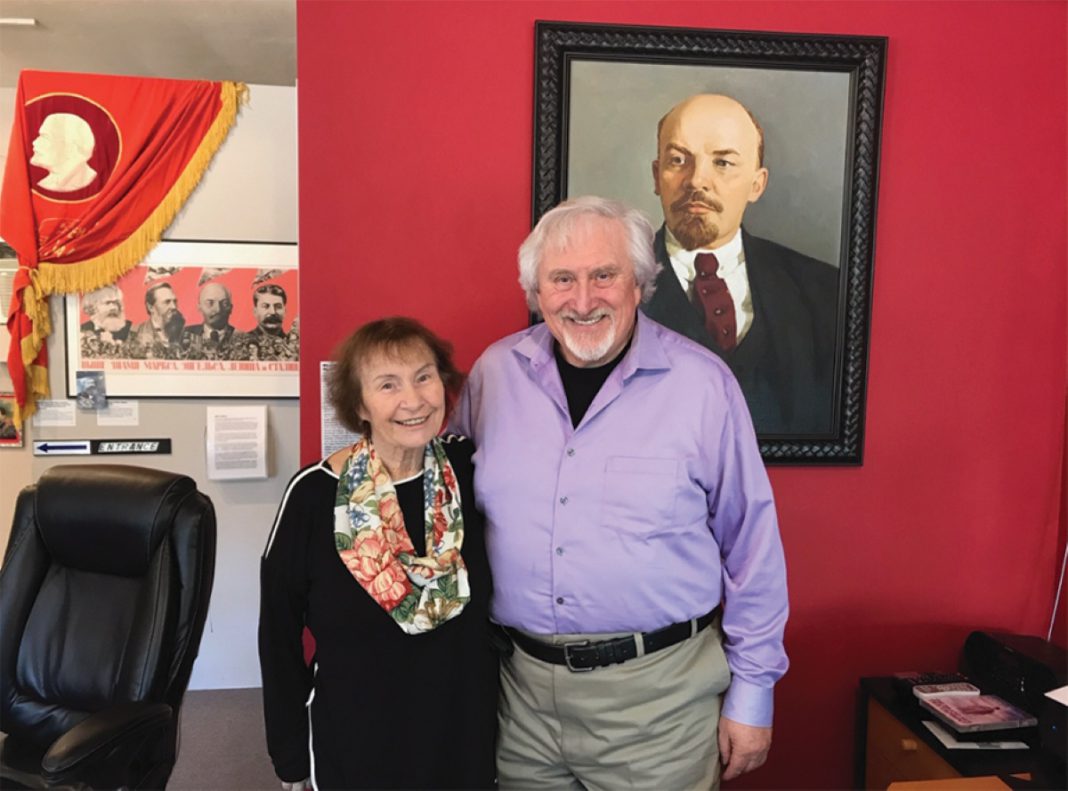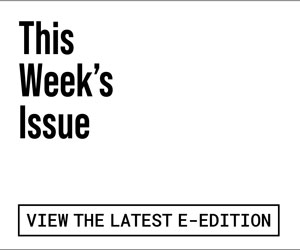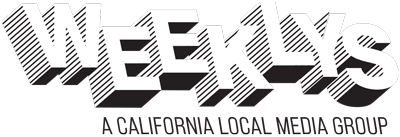The word “museum” has a must and a dust, and a strong connotation of things past. But this local museum has a burning contemporary relevance.
For if, as pundits say, we are in a “post truth” era, then we are entering a new red age of propaganda. And propaganda is the sole topic and study of this niche museum.
In its small space, The Museum of International Propaganda is divided into permanent and touring halves. The permanent collection is divided again into seven themes and aims common to propaganda, with examples from more than 25 past and present dictatorships.
The museum is maintained at considerable personal expense as a free resource by its co-founders, Lilka and Tom Areton—who personally collected the pieces through extensive global touring. Along with their historic context, each piece has a personal story attached of how it was gifted, bought, brokered or smuggled out by the Aretons.
On my visit, only Tom Areton was available for an interview. I found him an imposing figure and a master story-teller. I sat, rapt, as he sat, backed and paralleled by a large state portrait of Russian Vladimir Ilyich Ulyanov Lenin—“father of 20 revolutions.” It’s an irony that amuses Areton.
Parenthetically, the painting was bought in a back alley Polish flea market for Soviet rubble.
A settled American now, Areton was once a Czechoslovakian refugee from the Warsaw Pact.
Just a month before Soviet Russian tanks crushed the youth-led “Prague Spring” democracy movement, he escaped on a student visa to Paris.
In the U.S., Tom Areton met Lilka, with whom he bonded, in part, over a shared love of travel and a shared fascination with agitprop and the many methods of disinformation.
Cincinnatus Hibbard: Tom, could you name the seven themes which group the political propaganda in your permanent collection?
Tom Areton: Yes, there is propaganda that “idealizes the leader of the state,” that which conveys the “threat of fear and intimation,” that which “glorifies the nation” under the leader, propaganda which “promotes the average or common people” as the true heroes, that which “vilifies” the real or imaged enemies of the state and that which “venerates the military,” the wars past and the wars to come.
And in that you see a complete propaganda campaign. Tom, I understand you and your wife chose to limit yourself to political propaganda of the last century. What types of propaganda did you exclude?
Religious propaganda, health-issue propaganda, contemporary-issue propaganda, electoral propaganda and advertising.
You would consider advertising propaganda?
Yes. Edward Bernays, a double nephew of Sigmund Freud, is “the father of spin.” He worked for governments and for corporations; he wrote two great books—Propaganda in 1928 and Public Relations in 1945.
That’s chilling—“Public Relations,” written as the sequel to “Propaganda.”
Bernays believed that for democracy to work in a smooth, enthused way, you had to have a mass agreement between people. So he used the psychology of propaganda to get people to agree. He thought propaganda could be a good thing. Propaganda was not always considered a bad thing. It is complicated. But I would hope that people that come to the museum will leave with a better sense of how they are being manipulated by the propaganda all around them.
Learn more. The Museum of International Propaganda is open without charge, Thursday and Friday from 3:30 to 6:30pm, and Saturday from 11:30am to 5pm. It is located in San Rafael. The museum invites individuals and school groups (by appointment). In addition to its permanent and special exhibit library, the museum hosts speakers, debates and a library on propaganda. Donations are welcome. Learn even more by going to museumofpropaganda.org.








